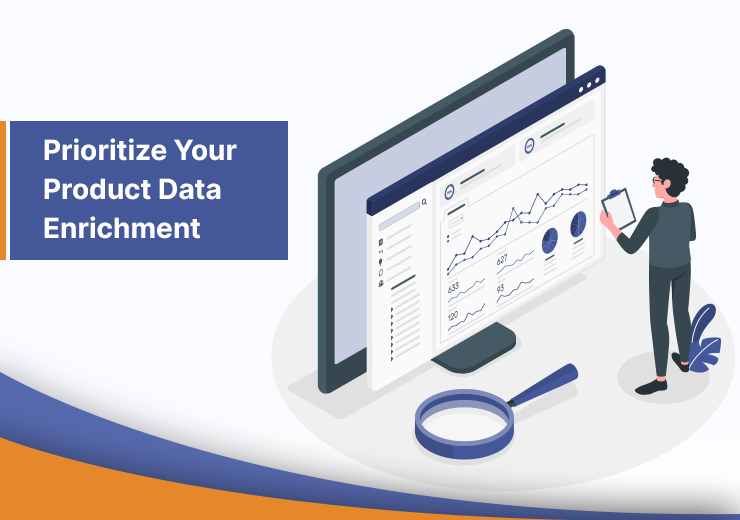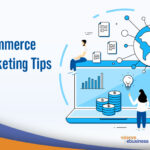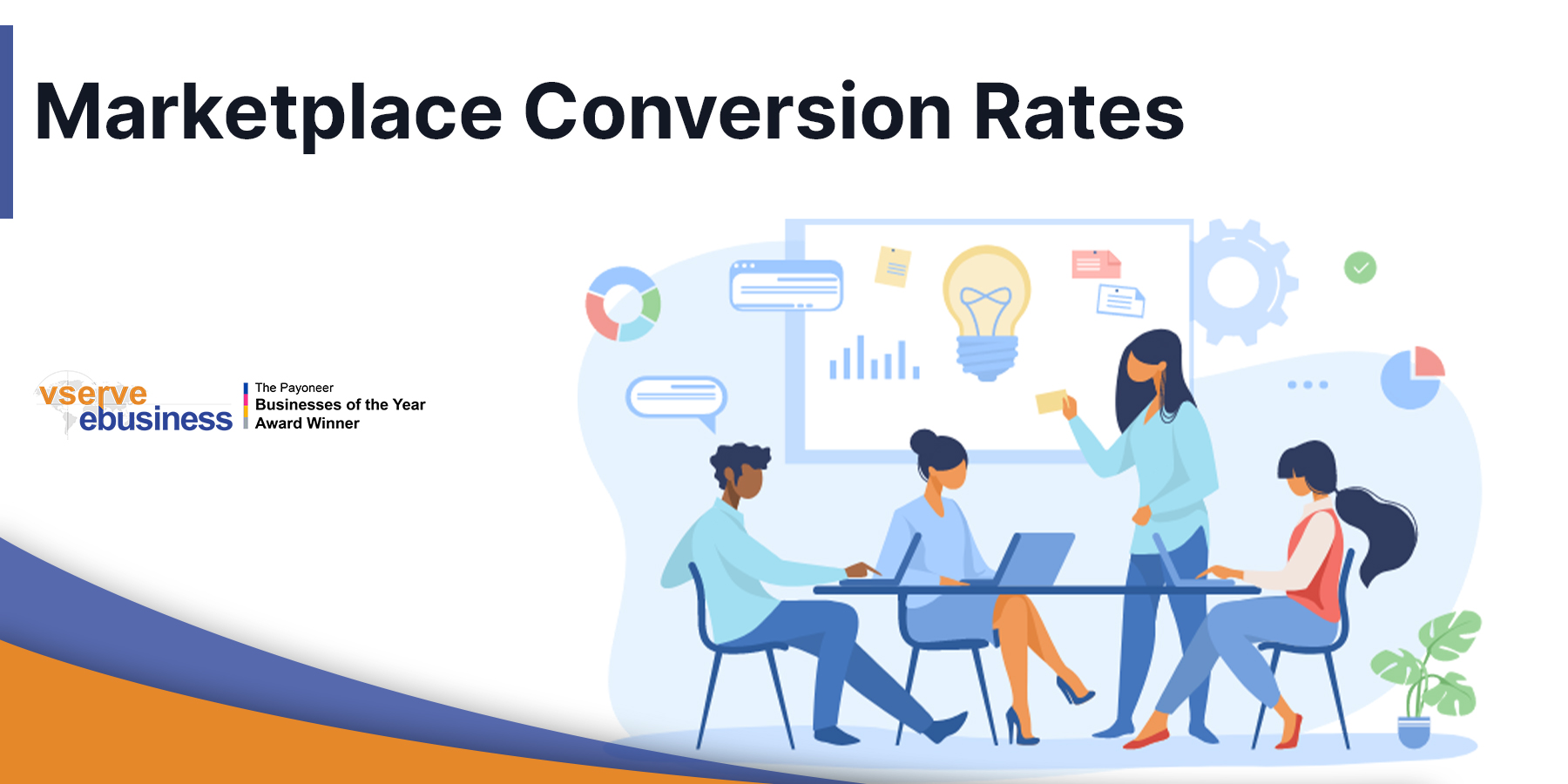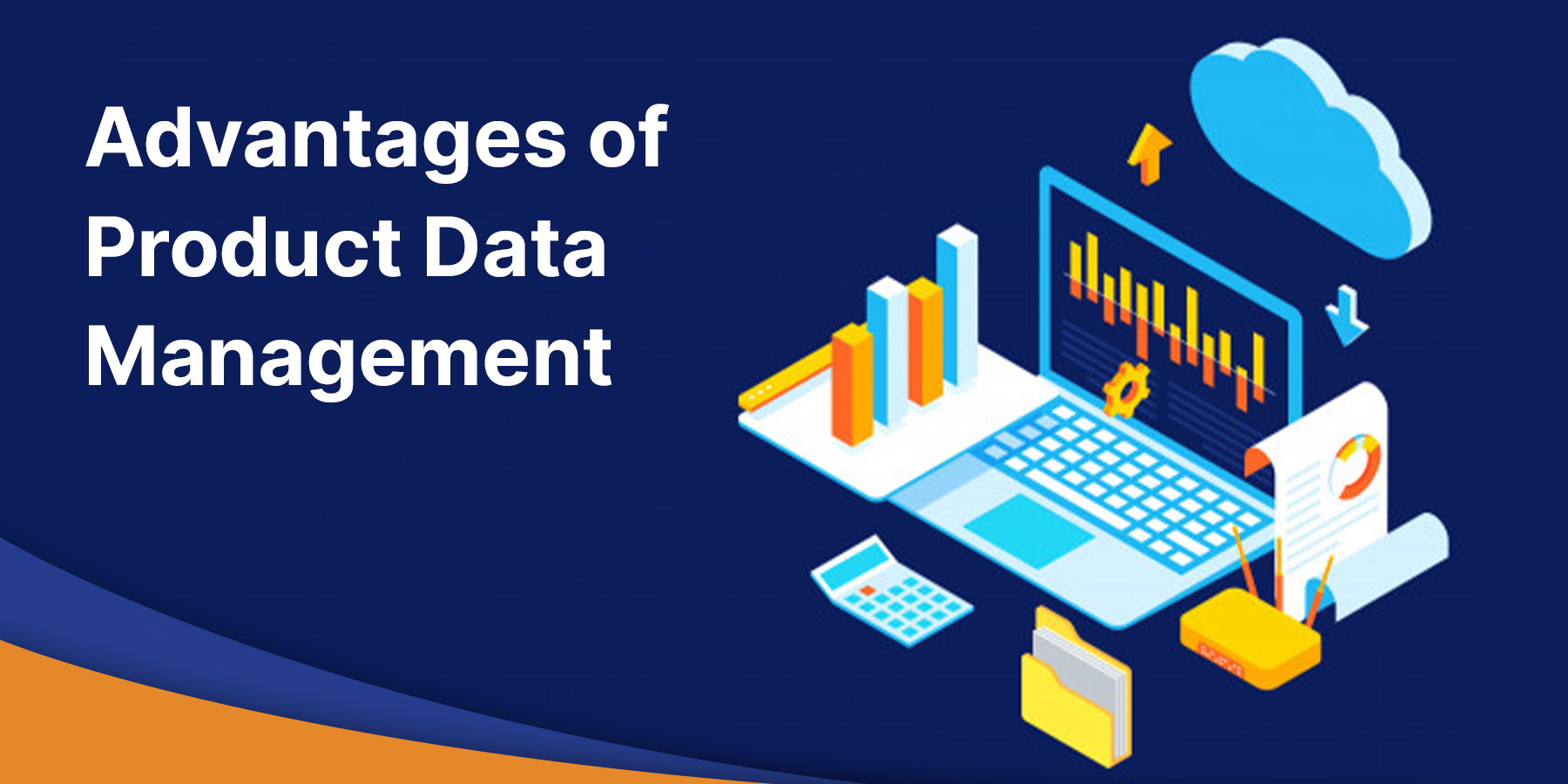
We’ll give some excellent tips to help you prioritize your product Data Enrichment. Here we go.
6 Great Tips for Product Data Enrichment
1. The 80/20 rule
“Pareto’s principle” is another name for this rule. The rule applies to a variety of disciplines, including sports, health care, and business. The 80/20 rule states that 20% of your customers account for 80% of your sales in the business sector. With extremely successful business solutions, you may utilize the 80/20 rule to guide the sales and marketing industry.
The biggest challenge that most organizations have is determining how to identify 20% of their main clients in order to develop a marketing plan. This plan must achieve 80% of the desired outcome for the least amount of money. Your product list on your eCommerce website might include hundreds or thousands of contacts. Keep track of which consumers have just made a purchase, repeat shoppers, and be generous with their purchases for Product Data Enrichment. Which items are the most popular? Determine the 20% of your goods that account for 80% of your eCommerce sales. This will help you make the most out of your eCommerce Product Page Optimization.
2. Work on your Main Product
Once you have found your top performers, you’ll want to improve their pages. You will also wish to expand the content they have since they establish your brand and bring value to your eCommerce website.
However, if your product is easier to choose, pack, and ship than others, you’re likely to face stiffer competition from other online retailers. Are there any products that visitors are more likely to look for on Google rather than your eCommerce site? If you consider those searches in setting up your product pages, you’ll get more hits for those specific goods. Examine your inventory to see if any items are better suited to online sales. Such as, lower-margin items or products that are tiny enough to transport at a cheap cost. Before tackling your bigger library of SKUs, focus on content enrichment for those high-competition goods for Product Data Enrichment.
3. Fill the gaps
Review your current pages to see if the content is lacking. When your product content lacks a suitable description of your product, you must supplement it with relevant and up-to-date information about it. If your product page, for example, is lacking in photographs, you may add product images to make it more interesting and accurate. This is effective Product Data Management.
Another type of gap you can work on is having an accurate and full picture of your customer. Customer data often degrades at a certain rate. To put it another way, within a year, a certain amount of the client data stored in your internal systems will become old or erroneous.
Usernames can vary with time, whether your consumers are individuals, organizations, or corporations. Customers change their minds. Addresses change. New area codes are introduced, or existing ones are changed.
Sometimes the information is just unavailable or wrong. Perhaps you have a customer’s address but not their phone number. Or perhaps a zip code was typed wrongly when they filled out an online form. Data enrichment may aid in the identification of gaps, the correction of mistakes, and the filling of information gaps.
4. Demographic Data
Knowing how much of your goods a specific consumer bought in the last five years is one thing. But understanding someone’s age, marital status, occupation, purchasing power, and identifying purchase tendencies that connect with those data factors are very different things.
Consider the types of purchases that are influenced by significant life events. Some are self-evident. Wedding planners, baby shops, and retirement communities all appeal to folks who are nearing a significant life event. A greater understanding of these events can benefit various other industries as well.
Financial services companies can target graduating seniors with products and services such as credit cards and savings accounts (or to parents of graduating seniors). Home improvement shops are expected to target first-time homeowners. Suppose data shows that empty-nesters start remodeling projects five years after their children graduate from college. In that case, the same home improvement businesses could recognize the potential in tailoring their messaging to that demographic and ramping up their advertising efforts around that time frame.
5. Location Data
You can find a lot of comprehensive information on people’s movements. We can use this mobility data to find out which groups are congregating in a specific region at a specific moment. Or who is going via a specific route and when.
This type of information is extremely useful when choosing a location. Retailers can not only analyze and estimate traffic patterns, but they can also learn who visits a specific location and what their consumer and lifestyle preferences are. It may also provide you with a look at rival traffic and the demographic profile of people that shop at competing stores.
Customers can be engaged as soon as they arrive inside the borders of a target region, including virtual spaces, thanks to location-based advertising. For example, offers on mobile phones may target shoppers as they enter a mall. They may become a relevant audience for a targeted offer from a neighboring restaurant if they visit late morning or early afternoon.
6. Using a PIM
Effectively using all the data you get from customers, and other resources can quickly become overwhelming. It saves time and effort when a firm adopts a Product Information Management (PIM) system that is available to all departments. eCommerce Product Data Enrichment Services enable businesses to present their consumers with the most up-to-date, dependable, and comprehensive product descriptions possible.
It’s also crucial to share data and information between departments. Employees who have access to a comprehensive PIM system may rapidly confirm product data without contacting many people.
A system that consolidates data from many formats and sources into a single spot has a lot of potential. Normalizing the data and detecting and solving problems quickly saves time and resources while avoiding costly errors.
The ultimate benefit of having a comprehensive in-house PIM system is the ability to syndicate that data by distributing it to all partners, through every channel, and ultimately directly to customers.
When Does Product Data Enrichment Shine?
Effective eCommerce Product Page Management will result in product pages that are more relevant to the customer’s interests as well as leading to better conversion rates. But its usefulness it’s not limited to that. Product Data Enrichment really shines in these scenarios:
When focusing on your customers
It’s critical to understand which user behaviors will lead to a purchase of your goods. Many eCommerce websites are created exclusively for those clients who are willing to spend a lot of money. Product Data Enrichment allows you to add information that focuses on these clients to boost the conversion rate. You can boost the value of your eCommerce site and improve the customer experience by concentrating on the things they buy.
When launching a new product
When you’re ready to launch a new product, make sure it offers information that is relevant, current, and of good quality. Because “content is king” in digital marketing, fill your new product page with compelling and helpful information.
When you have seasonal products and promotions
If your online business sells seasonal items, ensure that your product page is updated with relevant and up-to-date information during that season. Because it’s a seasonal product, new features will be added to it each season. If a product is released with a new feature, make sure the feature is prominently shown on your product page.
When you have Limited Content
If just a limited number of clients have access to your website, fill those product pages with relevant and helpful material. For example, iPhones are released every year with a new version. Thus your material must have the most recent feature of your product to attract your buyers.
Conclusion
Now, you should be better prepared to really make your product pages shine by making the most out of your available data. If you apply the 80/20 rule and work on filling out the gaps on your current pages, on top of the other tips on this list, you’ll be golden.
Don’t sweat if figuring all of this out sounds like too much trouble. Just find a team of professionals for eCommerce data enhancement like Vserve Solutions. Our Product Data Enrichment teams know everything there is about dazzling up your product page.
Liked our content and want to see more like it? Comment, share your opinion on the matter, send the blog to your friends, and give us a like.








